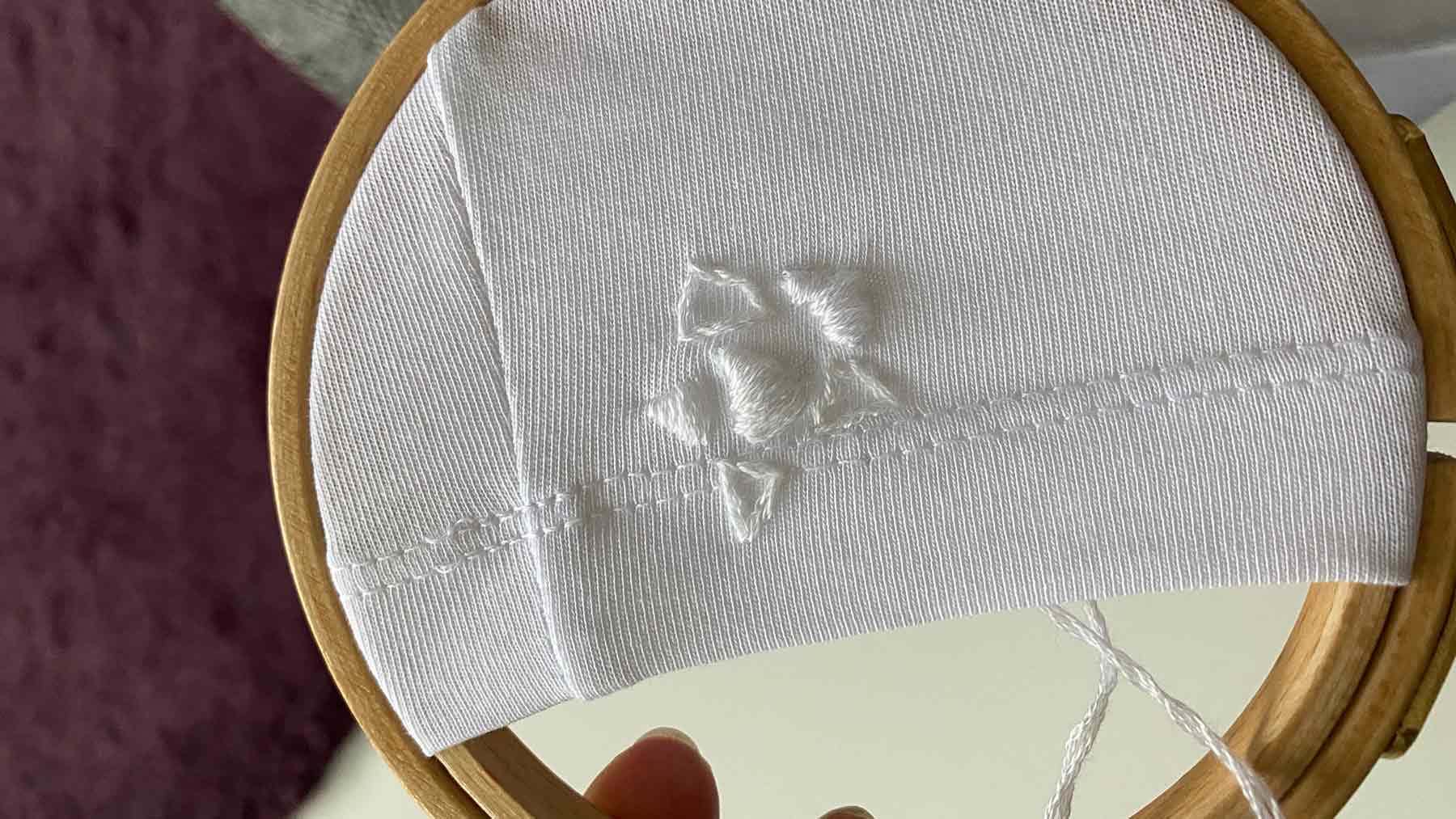
Extend the Life of Your Clothes: Sustainability and Creativity
The last few decades could be considered to be era of fast fashion and disposable culture which has had a significant negative impact on the environment. One of the easiest ways to reduce the environmental impact of your cloths is to make them last longer. Research has shown that on average we wear our clothes 36% less than we did 15 years ago. If we doubled the number of times we wear our clothes we would lower our greenhouse gas emissions by 44%, a significant part of our fashion footprint.
To wear our clothes more we need to extend their life of our clothes even if they are starting to show the effects of wearing them. Extending the life of your clothes demonstrates the value you place in them, saves you money and can also allow you to show your personality and creativity.
The first step to extending your life of your clothes is to care for them. We recommend that you:
- Wash your clothes less: Over washing clothing can weaken the fibres and fade the colour of garments. Wash your clothes only when it is really necessary using a gentle, cold cycle.
- Store clothes well: Store each piece according to its needs. Hang items that easily wrinkle and fold heavier articles to prevent stretching.
- Fight the pilling: Pilling, those tiny balls of fuzz on clothes, are unavoidable on certain fabrics such as wool and can make them look worn out. You can safely remove pills using a fabric comb or a sweater stone. Always test a small area first before tackling the entire garment. I’ve also used the battery powered “shavers” that remove the pills but I find that unless you are very careful you can make holes in the garment, the opposite of what you’re trying to achieve (eek). We do have some possible solutions for these holes below.
- Read the care labels: Following the care instructions will mean you will limit the unintended consequences. All Asmuss garments can be hand or machine washed on cold. They should not be tumble dried or dry cleaned.

When accidents do occur be it a spillage, a button falling off, or making a hole why trying to remove pills (oops), or moths get into your woollens, there are a few potential techniques that can help fix them. While Clare is an expert mender, I am not so I have tried to keep to simple solutions for those of you like me.
Repairing holes is not necessarily as difficult as you might think and there are a number of methods you can choose from depending on the result you want, the type of fabric and the size of the hole. You could even simply put a brooch or badge directly over the hole to hide it.
If you want to make a feature of the repair through visible mending, or the location of the repair is not obvious, you could either darn, wool fill, embroider or patch the hole.
Darning is where a series of interlocking stitches is used to fill hole and it stops the hole getting bigger. There are many how to guides online but I found this one simple to understand.
If you want a more decorative look embroidery over a hole or a stain is a good solution. An embroidery hoop, needles and thread in either matching or contrasting colours, plus some patience is all that is required. Clare used an interpretation of the Evelyn rose to cover small holes in the sleeve of a white top and a black top to give slightly different looks

Or, if like me you prefer simpler methods needle felting, or wool filling, can be used for woollen knits to either invisibly or visibly mend small holes. It does require special felting needles and something to use as a base so you don’t put too many holes in your fingers but it is simple and quick to do. I used to visible wool needle felting to repair numerous moth holes in the jersey shown below and get more complements on it now than I did before the repair.

If you want a completely invisible repair to knitwear and are not dexterous with great attention to detail there are services such as The Seam where some of their makers can do quite amazing repair work.
I’m sure we’ve all experienced the annoyance of a button falling off or coming loose. To reattach a button all you need is a button, a needle and thread. If you need a bit of guidance on the best way to sew on a button I found this video helpful.
The other repair that I have been able to do myself is to re-hem a skirt or trousers. It does take patience and care but the steps to repair an blind (or invisible) hem are actually quite simple. Just take your time like in this video.
If you don’t feel comfortable making these mends yourself places the The Seam or local alteration and repair services can help you out. We can also make some repairs to your beloved Asmuss garments in certain circumstances.
By valuing our clothes and extending their life, we are making a conscious commitment towards responsible consumption and sustainability. These small habits of care and repair can lead to big changes and sustainability never goes out of style.
So go ahead, wash prudently, store sensibly, de-pill diligently, and mend mindfully. Your clothes and our planet will thank you.

Leave a comment
This site is protected by hCaptcha and the hCaptcha Privacy Policy and Terms of Service apply.